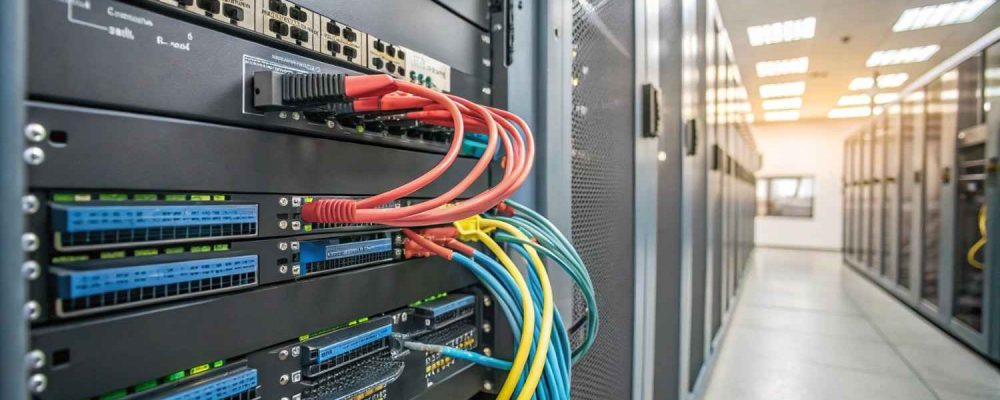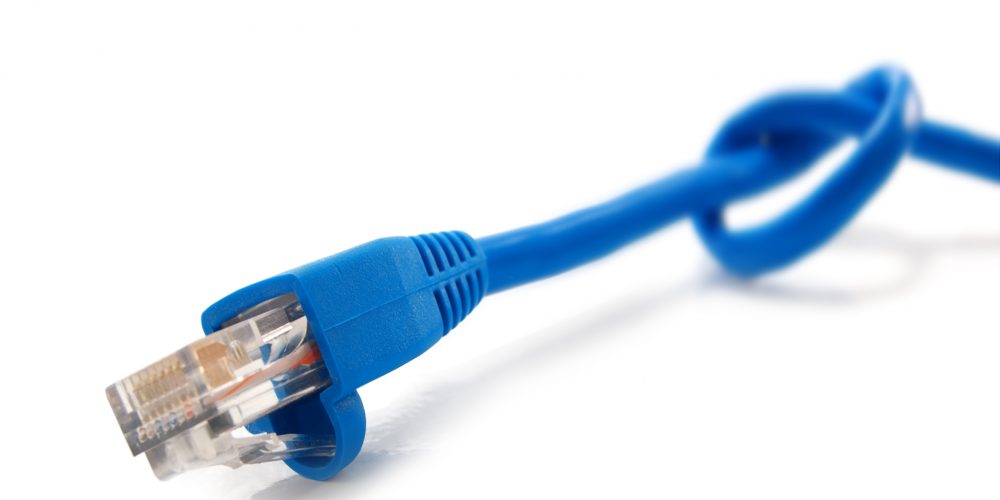Summary: Fibre optic cables come in various types depending on a specific networking demand. They are of the two main categories: single-mode for high-speed transfer over long distances and multi-mode for shorter lengths within buildings or campuses. Other variations are loose-tube and tight-buffered for varying types of environments. Understanding the types is essential in deciding between a speedy, distant, and rugged solution. This exhaustive work will elucidate fibre optic cable types, their uses, and benefits, leaving one capable of deciding how to accomplish a reliable, future-proof connectivity solution.

Data needs to flow into modern businesses without any interruptions. Whether it encompasses a corporate office with workstations running into hundreds, cleanroom cabling for laboratories, or IoT devices on manufacturing floors, the network backbone quality immediately manifests in operational efficiency. This has led fibre optic cabling to emerge as the big-power denomination for high-speed, secure, and ready-for “next-generation” connectivity.
Well, fibre optic cabling has a wide variety of different classes. Distilling on the first choice of fibre type can determine, very much so, if the network will stand and scale in the future. So we will describe the principal types of fibre optic cable, how they are built, how they are used, and their limitations, which would make you smile in the decision process when approaching a structured cabling contractor.
Traditional copper cabling (Cat5e, Cat6) is for shorter distances and lower bandwidths. On the other hand, fibre optics has an exponentially higher performance rate. These use light pulses instead of electrical signals, which translates to the following:
Considering these benefits, the decision is not whether to use fibre but rather which kind of fibre cable fits your application.
At the broadest level, fibre optic cables fall into two categories:
Attribute | Single-Mode Fibre (SMF) | Multi-Mode Fibre (MMF) |
Core Diameter | ~8–10 µm | 50 µm or 62.5 µm |
Light Source | Laser | LED / VCSEL |
Bandwidth Capacity | Extremely high | Moderate to high |
Distance | Up to 40+ km (depending on optics) | Typically < 2 km |
Cost | Higher (cables + transceivers) | Lower for short distances |
Use Case | Telecom backbones, long-haul, high-speed WANs | Data centers, LANs, campus networks |
Let’s go deeper.
Applications:

The multimode fibers are classified into “Optical Multi-mode” (OM) standards. With each generation, bandwidth and distance have been enhanced.
OM Standard | Core Size | Bandwidth @ 850nm | Max Distance for 10Gbps | Primary Use Case |
OM1 | 62.5 µm | 200 MHz·km | 33 m | Legacy LANs |
OM2 | 50 µm | 500 MHz·km | 82 m | Entry-level MMF |
OM3 | 50 µm (laser-optimized) | 2000 MHz·km | 300 m | Data centers |
OM4 | 50 µm (laser-optimized) | 4700 MHz·km | 550 m | High-performance data centers |
OM5 | 50 µm (wideband) | 4700 MHz·km | Similar to OM4 but supports multiple wavelengths | Next-gen wideband applications |
Beyond SMF vs. MMF, fibre optic cables differ in physical construction. This determines their performance in specific conditions, from office ceilings to subsurface conduits.
Use Case: LANs, patch cables, and shorter indoor runs.
Use Case: Outdoor backbone cabling, underground ducts, aerial installation.
Use Case: Data centers, high-capacity backbone networks.
Use Case: Industrial plants, outdoor routes, environments with high mechanical risk.
Use Case: Vertical risers in buildings, telecom closets.
Use Case: Short indoor runs, direct equipment connections.

When selecting fibre, compliance with building codes is non-negotiable. Cable jackets differ by flame rating and environment:
Decision Point: Always match jacket type to building codes and environment. A skilled contractor ensures compliance while avoiding overspending on unnecessarily high ratings.
Requirement | Recommended Fibre Type |
Long-haul, telecom-grade, 40 km+ | Single-Mode Fibre (G.652D) |
Short-range, cost-sensitive LANs | OM3 or OM4 Multi-Mode |
Data center, high density | OM4 / Ribbon Fibre |
Harsh outdoor or rodent-prone areas | Armored Fibre |
Building risers | Distribution or Riser-rated Fibre |
Direct equipment connections | Breakout Fibre |
Fire-code critical areas | Plenum-rated or LSZH Fibre |
Technical details constitute just a bit of the equation. Let the client ask the linker about:
Consider the cost implications. Multi-mode fibers are typically less expensive than single-mode fibers. However, the overall cost will also depend on installation complexity, maintenance, and the need for future upgrades.
The term “fiber optic cabling” is not a catch-all term. The cable should provide a service that matches its capability: be it a single-mode cable for a long-haul campus backbone or an OM4 multimode cable for a modern-day data center, as these factors do affect the efficiency of a network, its scalability, and ROI further. Construction type, jacket rating, and compliance standards serve to restrict that flexibility.
Choice revolves around working with a contractor who not only sells fiber but also designs a solution best suited to your operational, environmental, and regulatory needs. Done the right way at the outset, it will save you a couple of years of costly retrofits and performance bottlenecks. Contact Network Drops now!
Broadly speaking, fiber-optic internet may be classified into:
The fiber cables transmit light signals through the core. The light signals are generated by a laser or LED, which travel through the core and bounce off the cladding. This entire phenomenon is termed total internal reflection. This allows the light to carry data for very long distances with very little loss.
Depending upon the materials used and technological aspects involved, fiber optic cables may be more costly compared to copper cables. However, higher bandwidths, larger transmission distances, and superior performance offered by fiber optic technology can counterbalance the initial capital by better efficiency and less maintenance.
Fiber optic cables find applications in the following:
Fiber optic cable installation can be more difficult than traditional copper cable installation because of the fragile nature of the cables and the extreme precision required to splice and terminate the fibers.
"*" indicates required fields
Scott Fcasni is the driving force behind Shock I.T. Support’s commercial datacomm cabling division, delivering expert solutions that power reliable, high-performance network infrastructures. With extensive experience in structured cabling and a commitment to precision, Scott ensures that every project—whether for small businesses or large enterprises—meets the highest standards of quality and scalability.